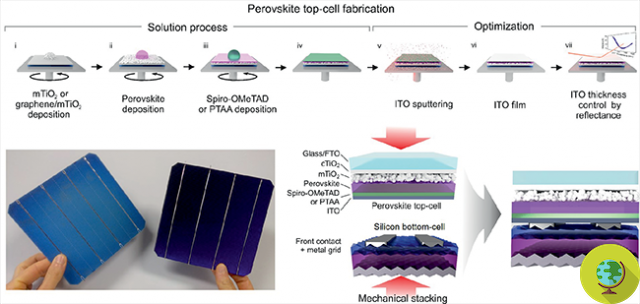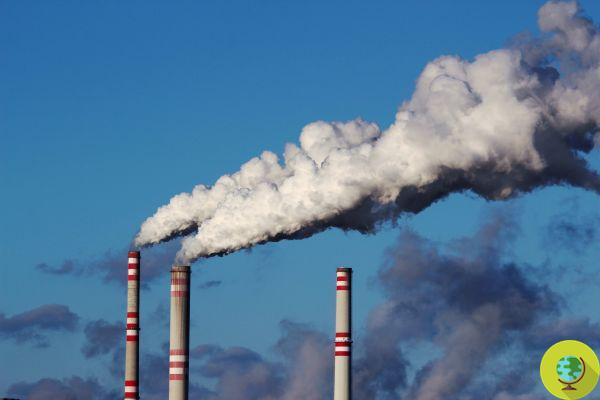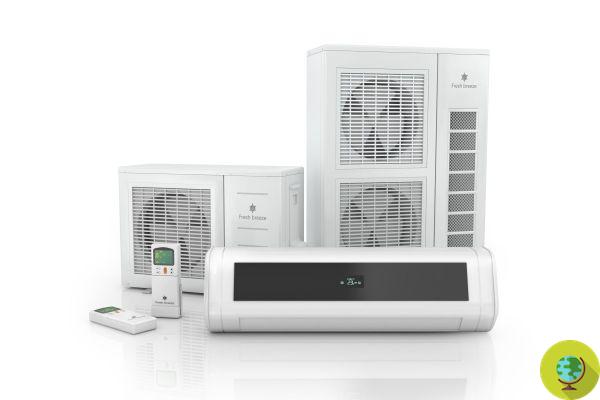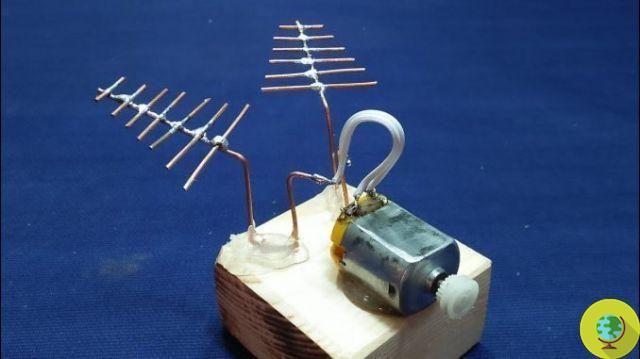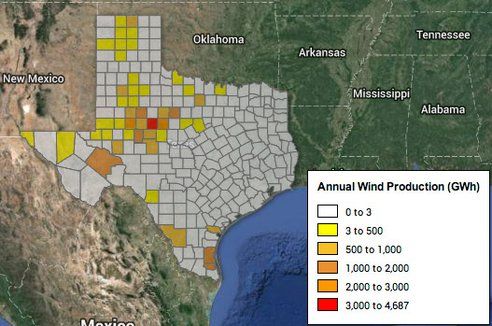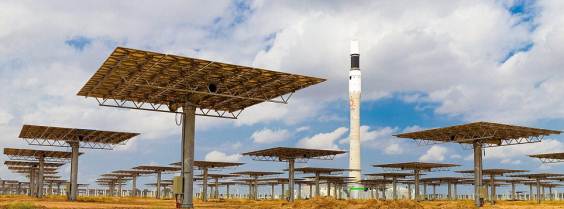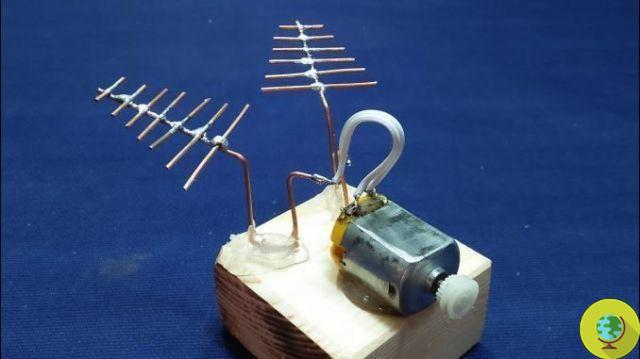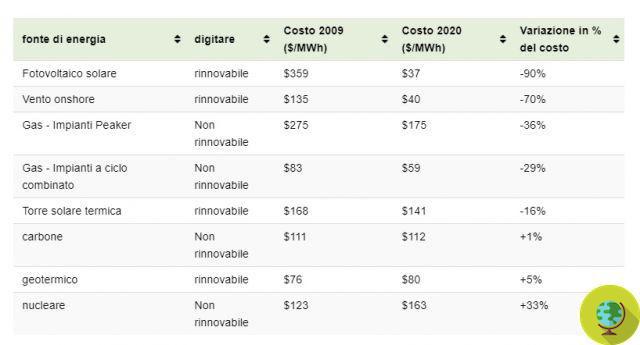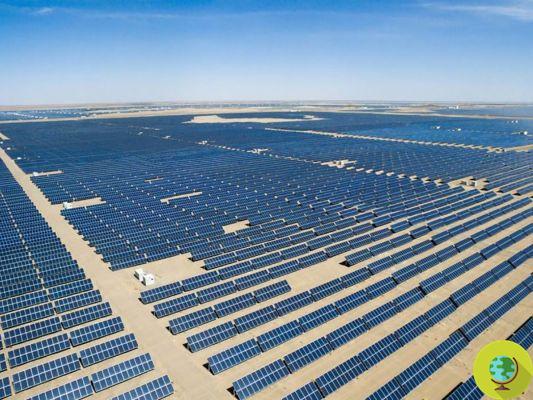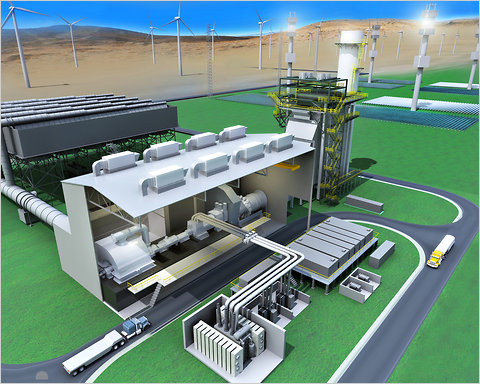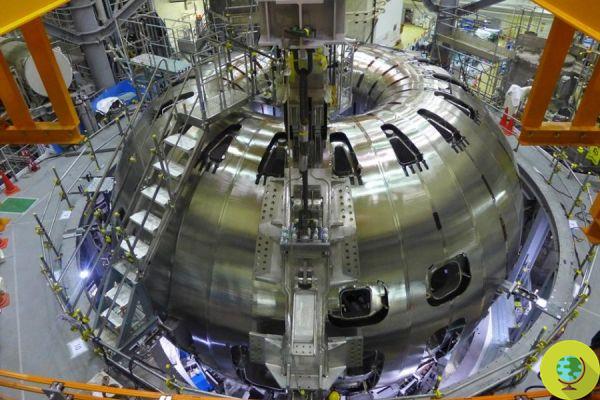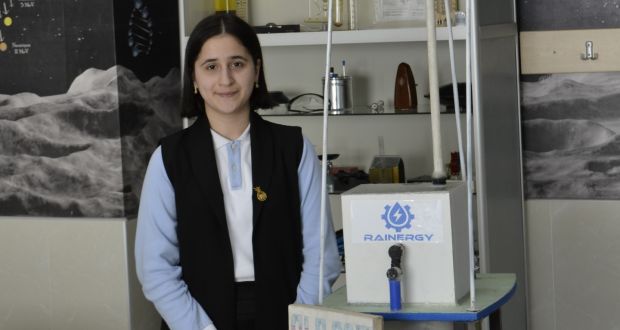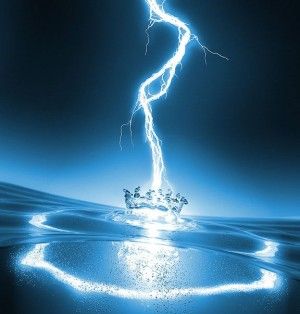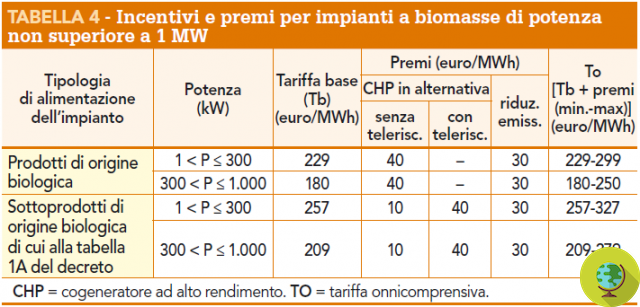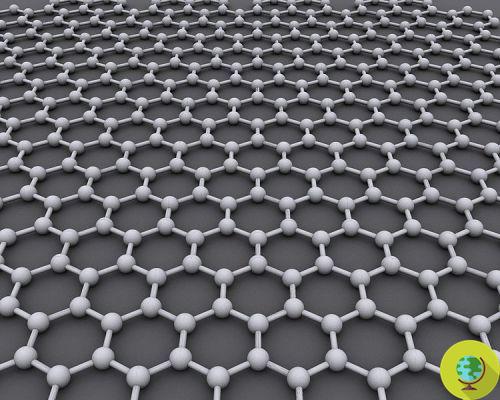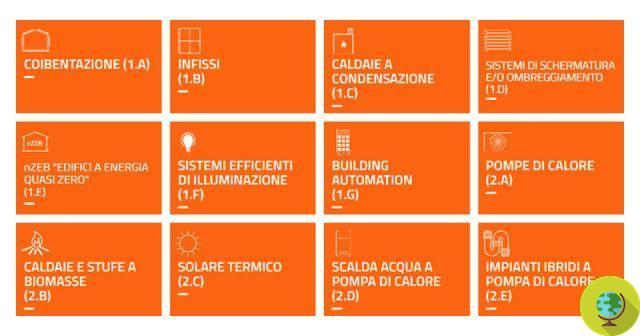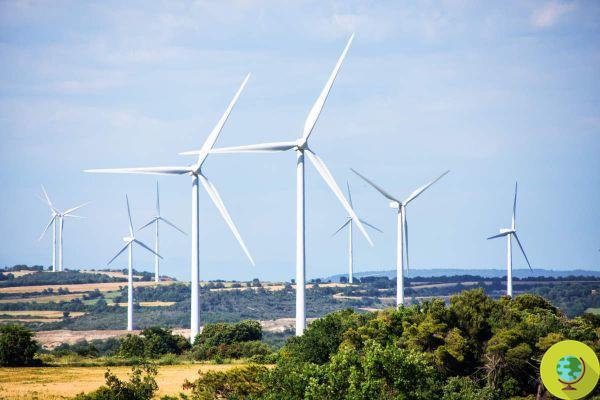
Wind power plants produce emissions of a more harmful greenhouse gas than CO2. While there are alternatives, companies are reluctant to adopt them
Wind turbines and electrical switching stations contain an extremely heavy and harmful greenhouse gas used as an insulating material, but every year, hundreds of pounds of this sulfur hexafluoride (SF6) enters the atmosphere.
Electrical systems, including wind power plants, would release one of the most harmful greenhouse gases we know of into the atmosphere, helping to increase emissions into the atmosphere. This is thesulfur hexafluoride, or SF6, an inexpensive and non-flammable, odorless and colorless gas widely used from the 60s onwards to isolate large power plants in order to prevent short circuits and accidents. Today gas is also often used inside wind turbines to reduce the risk of short circuits, as confirmed by three and the largest international transmission equipment manufacturers such as ABB, Siemens and General Electric.
Unfortunately this gas contributes to global warming more than any known substance, even 23.500 times more than carbon dioxide. Just one kilogram of SF6 in the atmosphere heats the Earth as much as 24 air travels from London to New York.
Plus this gas it persists for a long time in the atmosphere, since being a synthetic gas, it is not absorbed or destroyed in a natural way. So SF6 can have an effect on global warming for at least a thousand years.
The release of sulfur hexafloride occurs due to losses of power plants and wind farms.
Last September, the British broadcaster BBC called SF6 the "dirty little secret" of renewable energy after two British universities published alarming estimates of an increase in the use and losses of this gas around the world.
According to estimates made by Dr. Matt Rigby of the University of Bristol, in 2017 alone the leaks led to emissions of SF6 parts at 6,73 million tons of CO2, practically as much as 1,3 million cars release.
At the moment the concentrations in the atmosphere seem to be still contained even if they are probably underestimated. Indeed, each country should report to the United Nations annually how much SF6 it uses, but scientists have found that in some countries, concentrations of SF6 in the atmosphere are 10 times higher than those declared in relationships.
Furthermore, considering the pace at which the use of electricity is growing, emissions could increase by 75% by 2030.
The greatest emissions of this gas are due to the large plants of power plants, but the increase in connections given by the development of renewables and the presence in gas turbines is exacerbating the problem.
If it's so bad, why isn't SF6 banned? This compound belongs to the group of fluorinated gases. In 2014, the European Commission tried to ban some of these environmentally harmful substances, including refrigeration and air conditioning gases.
There was a strong one though opposition from industries and, as stated by Dutch MEP Bas Eickhout, then responsible for the attempt to regulate fluorinated gases, Europe had to surrender to the electricity industry lobby.
“The electricity sector has been very strong in arguing that if we want an energy transition and want to use more electricity, we will need more electrical devices and consequently more SF6s. Alternatively, the energy transition would be too slow, ”Eickhout explained.
Indeed, all countries are trying to reduce their dependence on fossil fuels, universally recognized as harmful to the climate.
In attempt to combat the climate crisis, if before the great electric energies worked on coal, now alternative solutions are sought and attempts are made to resort to mixed sources of renewable energy, such as the wind or the sun, used to produce electricity. This resulted greater connections to the electricity grid and consequently a greater need to prevent serious accidents.
A greater number of safety devices have therefore been installed with an increase in the use of SF6
Experts agree that unfortunately there are very few SF6 solutions for applications in high voltage installations and that this is currently not possible resort to an alternative as no other compound has been shown to be effective and safe over a long period and companies do not want to take the risk of testing substances that offer no guarantees in preventing accidents.
Therefore, if we still cannot talk about real alternatives when it comes to large high-voltage power plants, which represent the majority of emissions of this gas, there are solutions for medium voltage plants and wind turbines although unfortunately few companies are willing to use less harmful alternatives.
Company Scottish Power Renewables for example, it has installed one of the largest wind farms in the world where the turbines do not contain SF6 gas.
Even the sEaton electrical company produces safety devices without using SF6 and, according to Louis Shaffer - the company's commercial director - the reason why other companies do not adopt alternatives is neither related to technical nor economic issues, but to a sort of resistance in not wanting to face a change which is not seen as necessary.
The British gas and electricity markets office Ofgem has made it known that:
“We are using a range of tools to make sure companies restrict their use of SF6, a potential greenhouse gas, where it is in the interest of energy consumers.
This includes funding and incentives for experimentation, innovation and the search for alternatives, rewards for those who respect emission limits and penalties for those who do not respect them ”.
"Sulfur hexafluoride is undoubtedly a harmful substance as evidenced by the scientific studies of the sector, but it is part of all electrical industrial plants as well as being in other applications - we are keen to specify in a note following this article Simone Togni, President of ANEV - It is not the exclusive prerogative of the wind sector Aware of the fact that any technology existing today for the production of electricity has impacts, we know for sure thanks to the existing scientific evidence that wind energy is one of the most advantageous from an environmental point of view for energy production ".
The European Union will review the use of SF6 next year and examine whether alternatives are available. However, even the most optimistic experts do not believe that a prohibition of the use of this substance before the 2025.
Read also:
- Record wind power: production exceeds demand. Free energy for all
- Renewables: the UK wants to close its nuclear and coal plants by focusing everything on offshore wind
- Offshore wind: (maybe) not that risky for seabirds, the study
Tatiana Maselli




